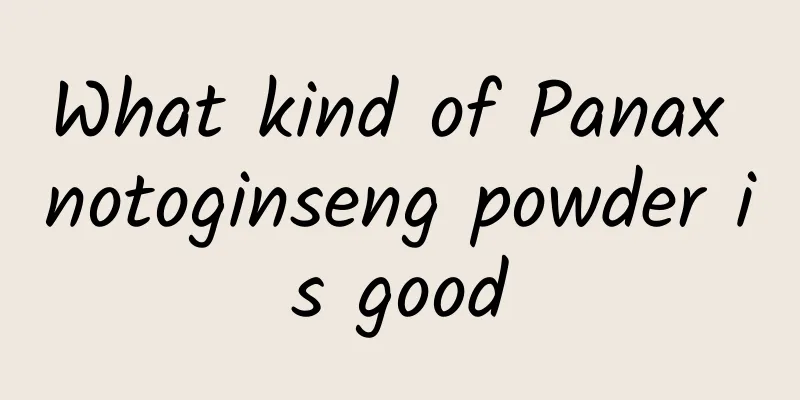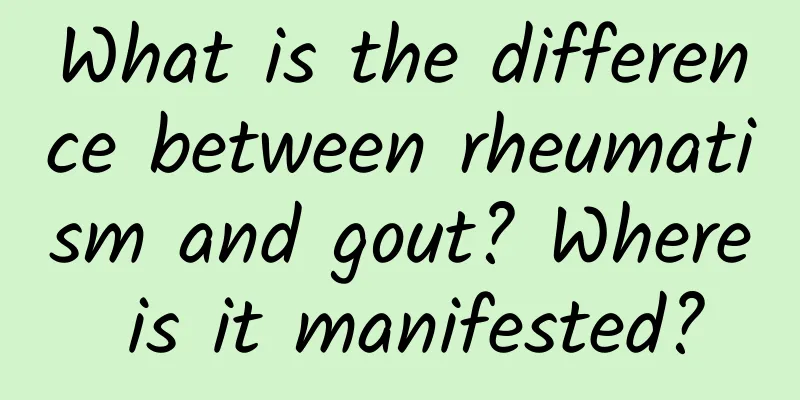Symptoms of Bi Sha

|
The weather is hot and humid in summer, and people often suffer from heatstroke. At this time, some people will suggest scraping, saying that scraping can treat heatstroke. This ancient folk treatment method is still effective in treating some diseases. So why is scraping so effective? In fact, heatstroke is also called "blocked sha", and some places also call it "fa sha". It is caused by blood stasis and obstruction, and scraping is mainly used to dredge the blood vessels, so it has a certain effect. So, what are the symptoms of blocked sha? In many rural areas, people still call heatstroke "bi sha" or "fa sha". This is a traditional term in a large area from ancient times to the present, and the book describes more about the name of heatstroke. Heatstroke or sha syndrome are called differently due to custom, but the same disease has different treatments. The practitioner should understand the cause of the disease and the principles of treatment. There is no need to make a fuss about any particular term. Some books describe the symptoms of heatstroke as fever, thirst, profuse sweating, and even high fever, convulsions and heat stroke. In real life, this phenomenon of heatstroke does exist, but what we see more often is another form of heatstroke, closed sha. Why do people have the habit of calling it Bi Sha? It has profound truth and universal application. The key to this sentence lies in the word "closed". Closed means not connected. Yang Qi is trapped by Yin Qi, Ying Yin is stagnant, blood flow in the meridians is blocked, and the skin pores fail to regulate opening and closing. This disease is characterized by excessive Yin Qi and deficient Yang Qi, with both superficial symptoms and underlying deficiency. When illness strikes, it is usually urgent, so treat the symptoms first. Treat yang disease by treating yin. Therefore, folk customary treatment is also very simple. Treatment methods usually involve pinching or scratching the sha with hands, scraping or patting with objects, picking the sha with needles or bloodletting. These "traditional remedies" can drain Yin and promote Yang, and are very effective in treating Bi Sha, often curing the disease instantly. However, this effective method of treating sha is mostly popular among the people. The cause of sha disease is related to the temperature in summer, sha is related to foul air and rotten things, and sha is related to a person's constitution. So what are the characteristics of the symptoms of sha disease? How do we identify closed sha in actual practice? The initial symptoms of the patient are fatigue, weakness, listlessness, dizziness, black spots in front of the eyes, and even fainting. The back of the neck and back feel uncomfortable as if they are tight and cold, or the patient feels like suffering from cold, or has soreness and pain, or numbness of limbs, and wants to sleep, or is drowsy and does not want to get up. No sweat or little sweat. Hot skin, loss of appetite, chest tightness and irritability, fullness and distension in the stomach, or abdominal pain, or cramping pain, or nausea and vomiting, or vomiting with nothing in the stool. Symptoms like these vary from person to person and cannot be enumerated here. The symptoms include vomiting and diarrhea first, followed by abdominal cramps; or abdominal cramps first and then vomiting and diarrhea, distension of the chest and diaphragm, blurred vision, swelling all over the body, inability to lift limbs, stiff tongue and inability to speak. "Essentials of Sha Syndrome": "Sha swelling is caused by the blockage of Qi and the reversal of fire. ... To treat Sha, one must first open the Qi and reduce the fire, then the swelling can be eliminated. If food blocks the Sha Qi above, then vomit it out; if food causes the Sha Qi to accumulate below, then guide it away. ... Therefore, to treat swelling, one must treat the Qi, and to treat the Qi, one must treat the blood. When blood is activated, the Sha moves; when blood is broken, the Sha Qi moves; when blood is defeated, the Sha Qi is defeated, and reducing the fire is also involved. This is the key technique to treating Sha." See the articles on Sha, Sha Qi, etc. Between summer and autumn, due to exposure to wind, cold, heat and dampness, or to contact with epidemic air and foul evil, the cold is blocked inside the body, causing abdominal pain and stuffy confusion. Because shaqi swells and chills the stomach and intestines and blocks the meridians, it is also called "shazhang". If the sha is in the skin and qi, the rash will appear with red spots, like pulse rash, which is called "red sha"; if the sha poison is in the muscles and blood, the whole body will be swollen and painful, and there will be black spots, which is called "black sha". If the symptoms are severe, there will be symptoms such as chills and fever, swelling or pain in the head, chest, and abdomen, or coma and sore throat, or vomiting and diarrhea, or a waist that feels like it is tied with a belt, or blue and black nails, or numbness of the hands and feet, etc. |
<<: Does breast fibroids require surgery?
>>: What are the symptoms of baby night sweats
Recommend
What are the causes of breast pain when pressing on the edge of the breast?
There are many types of diseases on women's b...
How to treat a herniated disc
Many elderly people suffer from lumbar disc herni...
How to treat viral pharyngitis? Five dietary treatments are effective in clearing the throat
Viral pharyngitis is a common type of pharyngitis...
Stomach pain after eating
Sometimes, some people have stomach pain after ea...
Difference between vomiting blood and blood in stool
When thinking of vomiting blood, most people will...
Ginger and Colitis
Colitis is a very common disease with many causat...
When will the fat particles on the newborn's face fall off?
Parents don't need to worry if fat particles ...
The penis erection is not hard enough
A harmonious sex life helps to enhance the affect...
Why does traditional Chinese medicine not encourage swimming?
In the hot summer, when the weather is hot, most ...
Is it okay to boil Chinese medicine overnight?
Many people usually seek treatment in a timely ma...
Causes of female urethral tube blockage
There is an old Chinese saying: There are three t...
The pus is discharged from the ruptured breast
Plasma cell mastitis, also known as duct ectasia,...
Ten yuan cure for all colds, doctors never prescribe it for you
Nowadays, many people spend thousands of yuan to ...
Hemifacial spasm TCM disease name
Hemifacial spasm is a symptom that occurs on the ...
What to do if corns grow on toes
We also call corns corns. Corns mostly appear on ...









